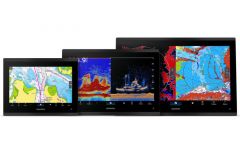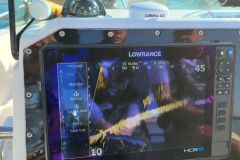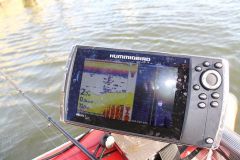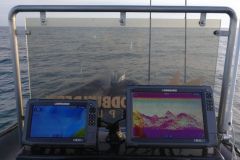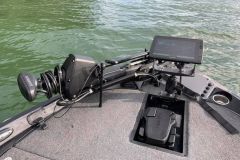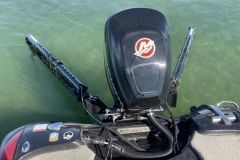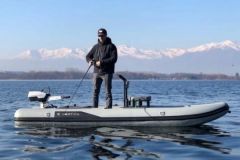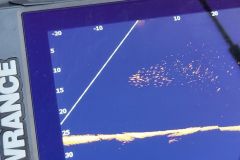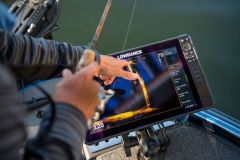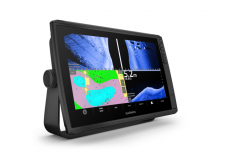The probes are the eyes of your fishfinder. Installation and correct positioning are essential to get the best out of them.
To achieve this, it is essential to choose the right type from among the following:
- Models for transom mounting.
- Probes to be glued inside the hull.
- Through probes.
Let's take a look at each of them: features, advantages and disadvantages, plus recommendations for proper installation.
Transom probes
This model is the most commonly installed on pleasure craft. Anyone can install it. It can be mounted directly on the transom of your boat.
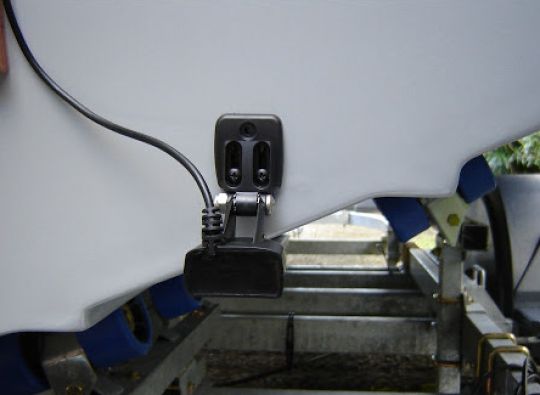
However, if possible, it is advisable to mount it on a rail to adjust the height of the probe and leave yourself a margin of adjustment. What's more, this type of rail-mounted installation allows you to raise the probe if you wish to beach your vessel.
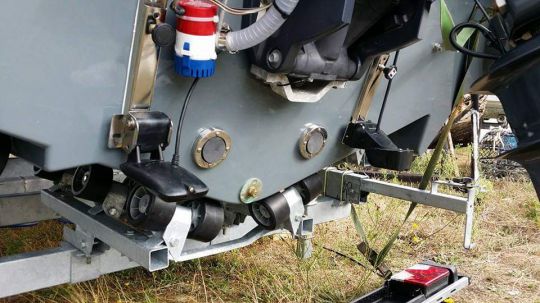
It should be positioned as far away as possible from sources of disturbance: the engine propeller and any hull strakes. It is generally installed on the starboard side of the engine when the propeller pitch is clockwise. It is essential to ensure that it is installed horizontally.
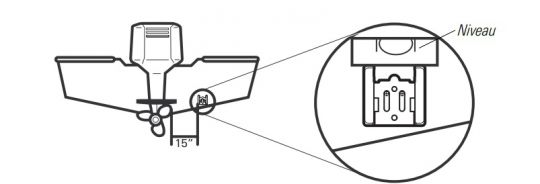
Although simple to install, the main disadvantage of transom probes is their tendency to stall rapidly at high speeds, and to be saturated by noise from the propeller. Its location also exposes it to possible shocks.
Bonding probes
These probes are glued to the bottom of the hull inside the boat, and the signal passes through it. Many models feature an angle adjustment, recommended for hulls with a pronounced V, so that the beam is perpendicular to the bottom.
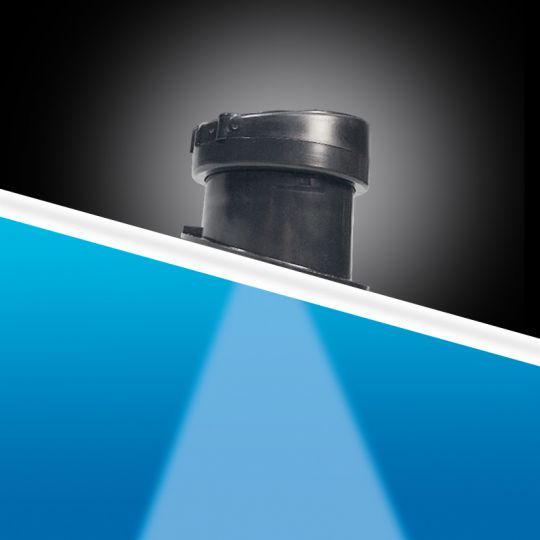
The advantages of this type of installation are numerous. The main one is that no holes have to be drilled in the hull for installation. In addition, the probe will not be subject to fouling from algae or shellfish deposits for vessels remaining in port. Last but not least, the probe will not be subject to engine disturbances (as it is installed further forward) and will enable detection even at high speed.
However, this type of sensor can only be installed on fiberglass hulls, and this type of installation through a fiberglass hull reduces detection performance. Finally, water temperature measurement will also be impossible. Their installation can be made difficult by access to the hull bottom.
These probes are a good compromise between transom and through-the-wall models.
Through probes
This type of probe is available in plastic, bronze or stainless steel, for installation on all types of hulls. It operates in the same way as a glue-on probe, and also features angle adjustment if required, depending on the model, to adapt to hulls with a pronounced V-shape.
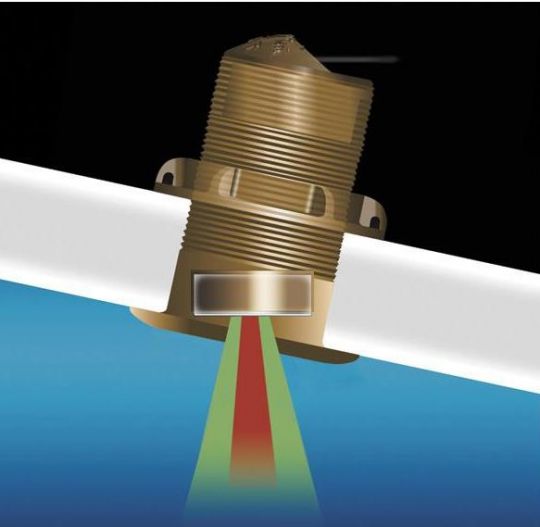
The advantages are many, starting with detection capability, which is not impaired by the fiber shell. As with glue-on models, it enables high-speed detection.
It must be carefully installed to avoid water ingress. I can only advise you to let a professional do it.
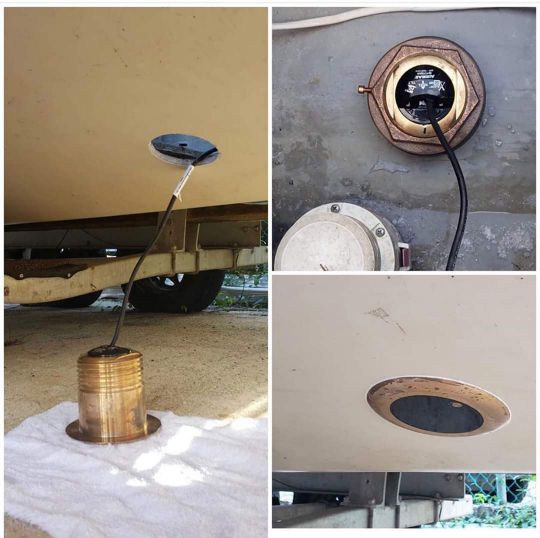
Its positioning must take into account any hull strakes, the path of the trailer rollers for a transportable boat, and any other sources of interference.
Which model to choose?
Once again, it's a question of compromise between detection capability, ease of installation and desired performance. Personally, the best compromise is still the glue-on models for fiber vessels.

 /
/ 




